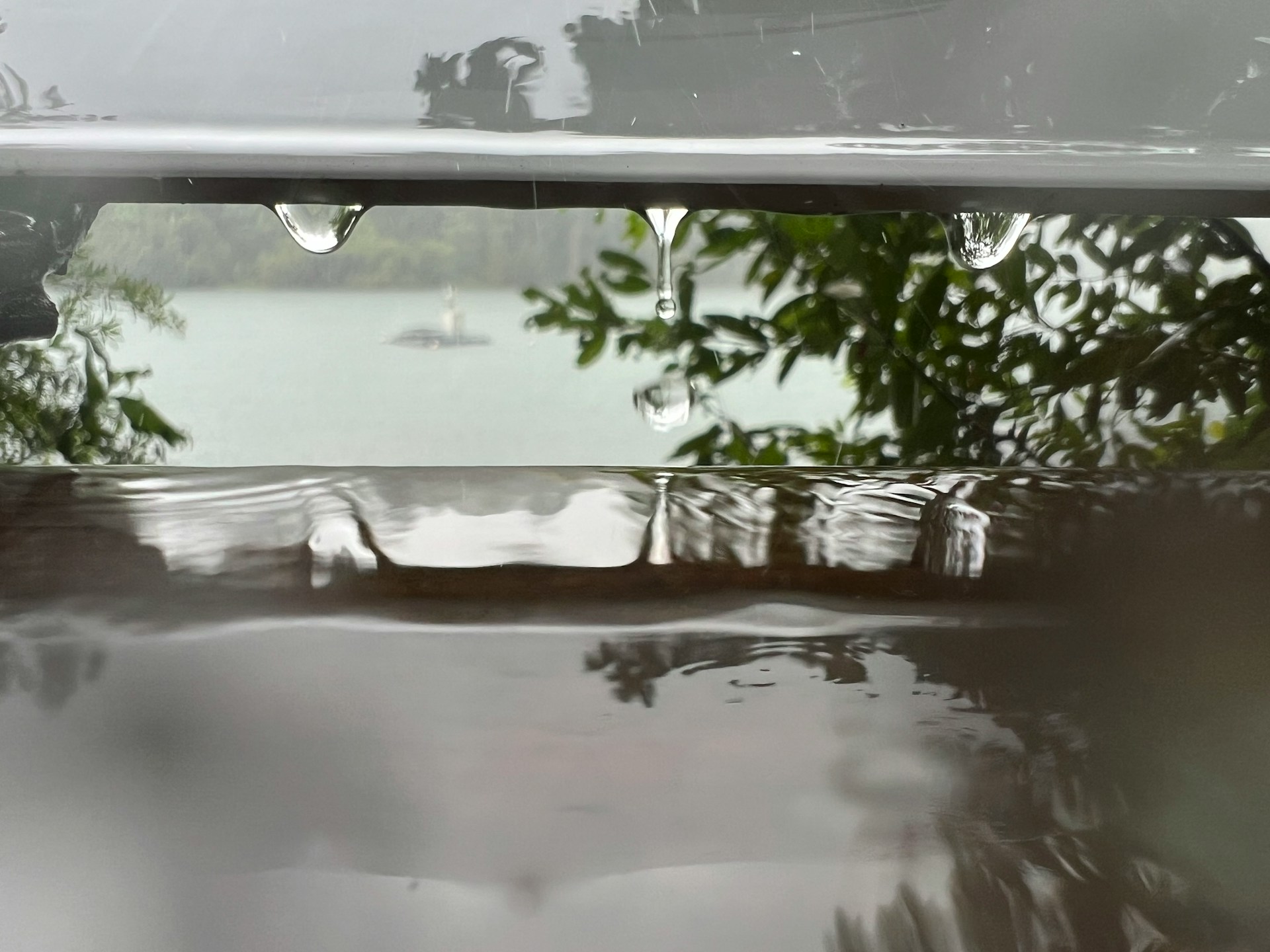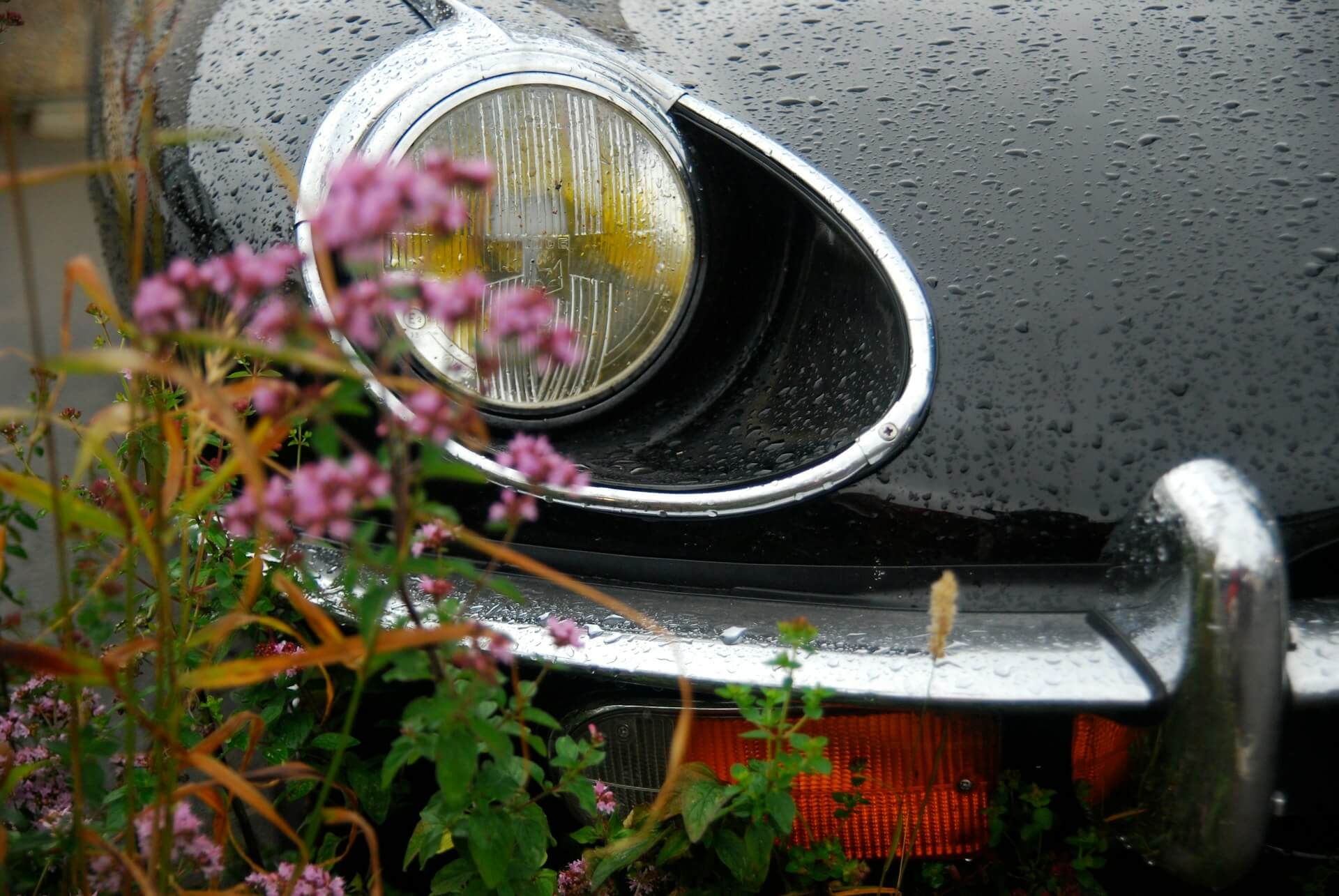Flood-damaged cars problems can be costly and challenging for buyers to handle. In most cases, these cars are sold with underlying problems that cannot be seen at a glance. Water infiltration can seriously damage electrical systems, causing electrical faults and mechanical problems. Mostly, the repair of flooded cars is very expensive and time-consuming, thus making car ownership very frustrating. Even if such a car appears to function properly at first, problems may creep up later. You will also be able to take care of the potential risks involved in buying a flood-damaged vehicle without expensive surprises and long-term problems. Here are some of the measures that can greatly assist in the careful inspection of such flood-related dangers.
Signs of a Flood-Damaged Car
Buyers must know how to tell if a car has been in a flood. Look for water stains on the seats, carpets, or dashboard, especially in older vehicles. A musty odor inside the car is often a sign of a flooded vehicle. Check under the hood for rust or corrosion, which could indicate signs of a flooded engine. Car owners should also inspect the headlights and taillights for trapped moisture. Another clue can be inconsistent electrical functions, such as flickering lights or malfunctioning controls, which may signal flood damage to critical systems. Car owners should also pay attention to these additional signs of flood damage:
- Mud or debris in unusual places, like under the seats or inside the glove box.
- Unusually low prices for vehicles with a clean title may signal undisclosed flood damage.
- Dampness or rust in the spare tire compartment or other hidden areas.
- Windows that appear foggy or difficult to clear could indicate lingering moisture issues.
- Waterlines or marks on the body, especially in hard-to-reach areas, may suggest prior flooding.
What Does Flood Damage Do to a Car?

Flood possible damage to a car can be severe and varied. Water ingress can lead to extensive damage across critical systems. The engine may suffer from internal rust and corrosion, potentially causing engine smoke or failure. Electrical problems are common as water can short-circuit wiring, affecting multiple components. Moisture in the cabin often results in mold growth and persistent odors. Additionally, water damage to the transmission and drivetrain can compromise vehicle performance. This will help you get a view of how deep the damage is that a flood-affected car could have undergone, thereby enabling you to make better decisions before buying. These are problems that may be difficult to address even with normal maintenance and repairs, so all it does is further set concerns for future reliability.
Tips to Spot a Flood-Damaged Car
To identify a flood car from rain, check inside for visible waterlines. Look in the car's interior for any signs of mold or mildew growth that can show serious, long-term damp problems. Check for rust and corrosion under the hood, which may indicate water damage to the engine. Inspect for excess moisture or staining on upholstery and carpets inside a vehicle. Additionally, reviewing the vehicle’s history report can provide crucial information about past flood damage. For a comprehensive guide on what to look for, you might find a used car checklist helpful in your inspection process. Pay close attention to any lingering musty odors, as they can also indicate hidden water damage.
Common Scams with Flood-Damaged Cars

When a car gets flooded or damaged by hail, scammers often prey on unsuspecting buyers. One common scam involves selling salvage cars with undisclosed flood damage. These vehicles may look clean but can hide serious issues with vital components. Sellers might attempt to downplay the extent of damage, especially if the car was exposed to salt water, which accelerates corrosion. They may also falsely advertise the car as a reliable daily driver. To avoid these scams, always verify a car’s history through reliable sources and inspect a car thoroughly for any signs of hidden flood damage. Additionally, be wary of unusually low prices, which can be a red flag for hidden issues.
How to Check a Car’s History for Flood Damage?
How Difficult Is It to Repair a Flooded Car?

Repairing a flood-damaged car can be both costly and problematic. Knowing how to repair a flooded car means that the many issues, such as with the body's components and the electrical system, must be taken on. Water tends to lead to rust and corrosion, which can require extensive restoration of the car. The expenses incurred with this work may be rather high when it concerns parts. After the repairs are made, a person could still endure long-term trouble with his car. Effective reparation often means professional help in eliminating a flood-related defect, from soaking to cleansing, from any spot of an affected area. In many cases, the long-term reliability of a car that has been flooded is unpredictable, so comprehensive repairs are essential.
Insurance Options for Flooded Cars
When dealing with a flooded car, insurance options can vary significantly. Most insurance companies may not cover all types of flood damage, especially if it results in a total loss. If flooding causes extensive damage, your insurance company might declare it a total loss. However, there are situations where insurance won't total a flooded car, leaving you with substantial repair costs. It's crucial to understand your policy’s coverage regarding water damage and flooding. Reviewing your options with your insurance provider helps ensure you’re adequately protected and aware of what expenses will be covered in case of a flood. Here's a table outlining common insurance options for flooded cars and their coverage details:
| Insurance Option | Coverage Details |
| Comprehensive Coverage | Often covers flood damage, but policies vary. Check for exclusions or limits related to water damage. |
| Flood Insurance | Specialized policy that covers damage from flooding. Usually available as a separate policy. |
| Collision Coverage | May cover damage if the flooding was accidental and caused a collision. Check specific policy terms. |
| Total Loss Coverage | If the car is deemed a total loss, this coverage helps reimburse the car’s pre-flood value. |
| Exclusions | Some policies explicitly exclude flood damage. Review your policy carefully to understand exclusions. |
Should I Buy a Flood-Damaged Car?

Deciding whether to buy a flood-damaged car involves weighing the pros and cons. Consider the condition of critical parts like electrical components and the fuel tank, which may be severely affected. Flood-damaged vehicles that were completely submerged can present more significant issues, including corrosion and internal damage. While some repairs might be feasible, extensive damage can lead to ongoing reliability problems. Thoroughly assess the vehicle’s history and condition before making a decision. For a detailed evaluation of potential issues, you can perform a flood damage check to ensure you are fully informed. Consulting with a professional mechanic can also provide insights into potential hidden damage and additional costs.
Summary
To begin with, it is important that if your car gets caught in the flood, then you must know what to do in such a situation. First of all, you would have to check the car fully, even under the hood and inside the cabin, for any damages. Make sure to get a new title that will indicate the car's history of getting flooded and avoid possible problems. Once you have chosen, go for an elaborate test drive to determine flaws in performance. This helps you understand how bad it is and how expensive it could be, which further clarifies your choices. A professional should be consulted to be able to consider the condition of the vehicle fully in an attempt to avoid costly surprises in the future. By taking such precautions, you become an informed buyer able to make a wise decision regarding the vehicle.
Frequently Asked Questions
Any amount of water entering an engine can cause tremendous damage. Generally, a few inches of water could be too much to ruin an engine. When water mixes with engine oil or gets into the combustion chambers, it can lead to hydrolock, where the engine cannot compress the water.
When a car is fully submerged in water, various critical systems are at risk of severe damage. Water will have entered the engine, transmission, and differential, causing internal corrosion and possibly hydrolock. Electrical systems and wiring normally short out or corrode to non-functioning.
To dry a flooded car, begin by removing all standing water from the interior and trunk. Disconnect the battery and take out all electronics or sensitive parts to prevent further damage. Use a wet/dry vacuum to extract as much water as possible from seats, carpets, and upholstery. Place the car in a dry, well-ventilated area and use fans or dehumidifiers to help speed up the drying process.







